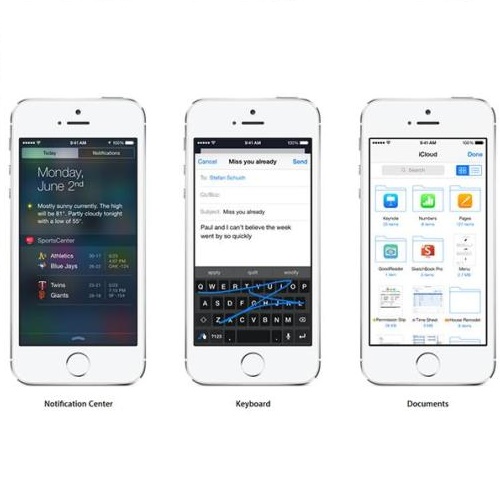One of the important questions when discussing next-generation near-Earth mmWave and terahertz (THz) band satellite communications as an integral part of the 5G-Advanced and 6G landscape is the potential interference-related issues when deploying such systems. While the space-to-ground and ground-to-space interference has been explored in multiple works already, the interference at mmWave and THz cross-links, the links between the satellites themselves, have not been extensively studied yet. However, severe cross-link interference may both challenge the reliability of the data exchange within the constellation, as well as compromise the efficient co-existence of multiple satellite constellations (i.e., by different providers) covering the same or neighboring areas. In this paper, both relevant mathematical models and extensive simulation studies are presented for cross-link mmWave and THz satellite communications. Our results indicate that the cross-link interference in the considered setups is a non-negligible factor that must be further explored and accounted for in the design and deployment of next-general mmWave and THz satellite communication systems.
翻译:在讨论下一代近地毫米Wave和Thahertz(Thz)波段卫星通信时,作为5G-高级和6G风景的组成部分,讨论下一代近地Wave和Thahertz(Thz)波段卫星通信时的一个重要问题是,部署这类系统时可能遇到的与干扰有关的问题。虽然空间对地和地对空干扰已经在多个工程中探索过,但对毫米Wave和Thz交叉连接的干扰,即卫星本身之间的干扰,尚未进行广泛研究。但是,严重的交叉干扰可能既挑战星座内数据交换的可靠性,也损害同一或相邻地区的多个卫星星座(即不同供应商)的有效共存。本文介绍了相关的数学模型和广泛的模拟研究,供交叉链接mmWave和Thz卫星通信使用。我们的结果表明,在所考虑的设置中的交叉连接干扰是一个不可忽略的因素,在设计和部署下个通用毫米Wave和Thz卫星通信系统时必须进一步探讨和说明原因。



